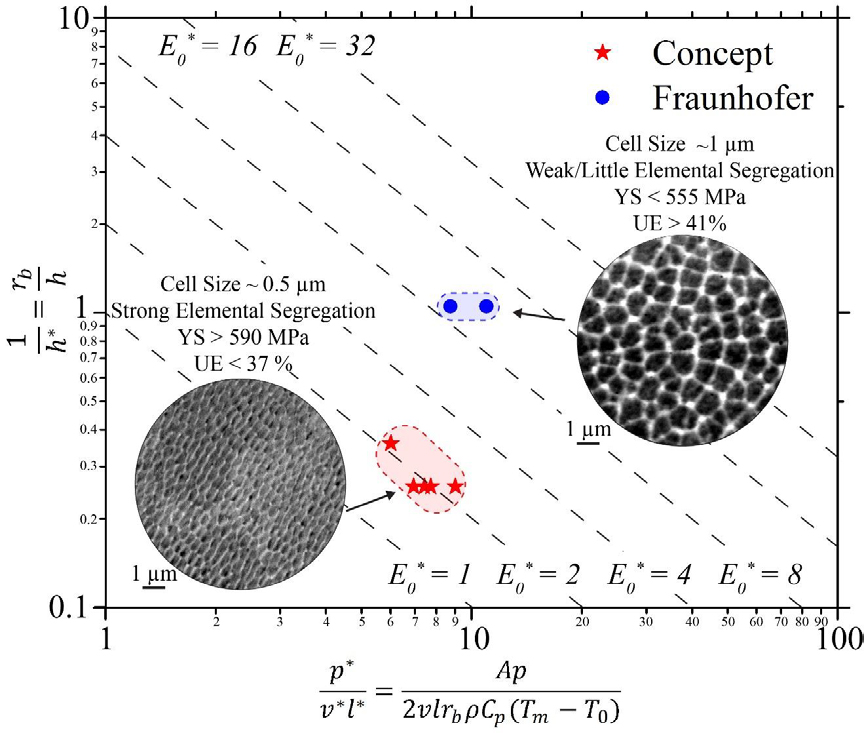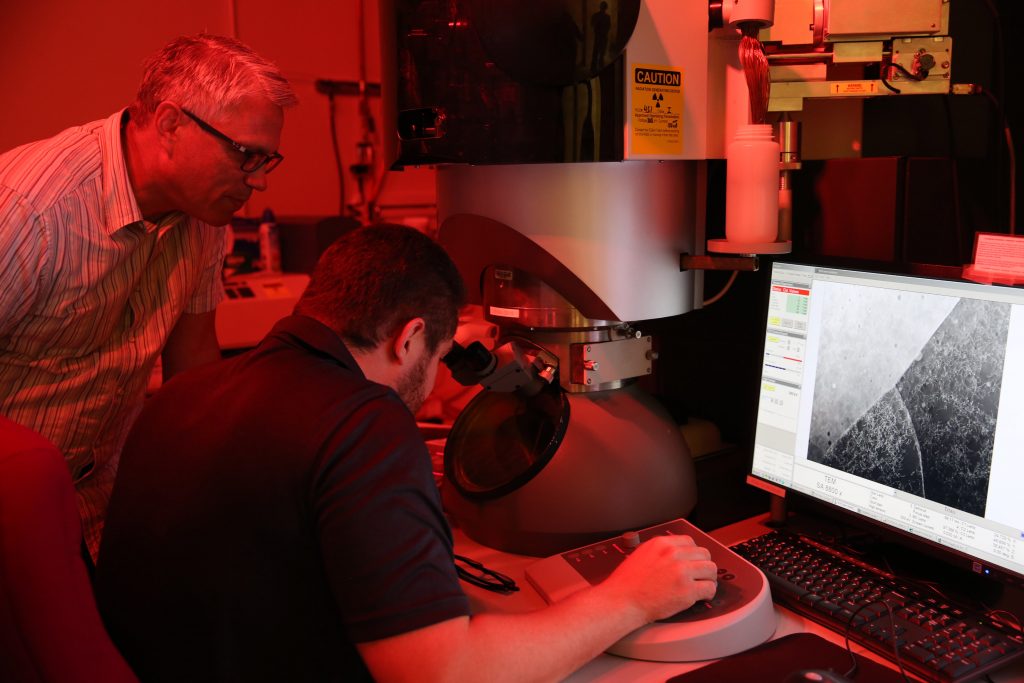In a recent study led by Lawrence Livermore National Laboratory (LLNL), scientists have discovered a way of making stainless steel two to three times stronger than usual. The method takes advantage of the unique grain structure of stainless steel parts when 3D printed using powder bed fusion (PBF) technology.
Though the goal of the research was not to make production better than traditional manufacturing Alex Hamza, the LLNL scientist who oversaw some of the production on the project, says “it just worked out that way.”
Equipped with this new knowledge, the same principles can be applied to other 3D printable metal alloys, potentially benefiting many high value additive manufacturing adopters in aerospace, automotive, medicine and defense.
Going against the grain
The grain of a 3D printed stainless steel part differs greatly to how it appears in a machined part. In the LLNL article on the project Hamza describes it as “like a stained-glass window.”

Though this property is well known in the industry as the result of welding, a closer look at the grain gleaned crucial information relating to the material’s performance. Hamza explains, “The grains are not very small, but the cellular structures and other defects inside the grains that are commonly seen in welding seem to be controlling the properties.”
“This was the discovery.”
Clearing up pores
By examining the grain of a stainless steel samples, the researchers identified pores created in the 3D printing process that wouldn’t otherwise be present in a machined part. LLNL materials scientist and lead author Morris Wang explains, “In order to make all the components you’re trying to print useful, you need to have this material property at least the same as those made by traditional metallurgy.”
In order to improve porosity levels, the researchers performed a process of density optimization, manipulating the structure within the grain.
Wang adds, “We were able to 3D print real components in the lab with 316L stainless steel, and the material’s performance was actually better than those made with the traditional approach.”
“That’s really a big jump. It makes additive manufacturing very attractive and fills a major gap.”

A Marine grade material
The discovery was made possible by LLNL’s extensive experience in material modeling, simulation and experimentation, an expertise that has yielded a number of other additive manufacturing breakthroughs including a deeper understanding of “the spatter effect.” The project has also benefited from collaboration with Georgia Tech University, Oregon State University and Ames National Laboratory – known for its spherically superior powdered metal materials.
The particular grade of stainless steel investigated by LLNL and partners is type 316L – a metal lauded for its performance in corrosive environments and ductility, which makes easier to work with than other metals that would crack under pressure. 316L’s ability to resist salt-water damage makes it a Marine grade material, preferred for medical applications that require rigorous sterilization.
A full paper on the study discussed in this article is published online the journal Nature Materials. It is co-authored by Y. Morris Wang, Thomas Voisin, Joseph T. McKeown, Jianchao Ye, Nicholas P. Calta, Zan Li, Zhi Zeng, Yin Zhang, Wen Chen, Tien Tran Roehling, Ryan T. Ott, Melissa K. Santala, Philip J. Depond, Manyalibo J. Matthew, Alex V. Hamza and Ting Zhu.
Follow the latest 3D printing research on Twitter, Facebook and in our regular newsletter. Register your interest in 3D printing jobs here.
Featured image shows a mechanical test of the added strength 3D printed stainless steel. Photo by Kate Hunts/LLNL.


